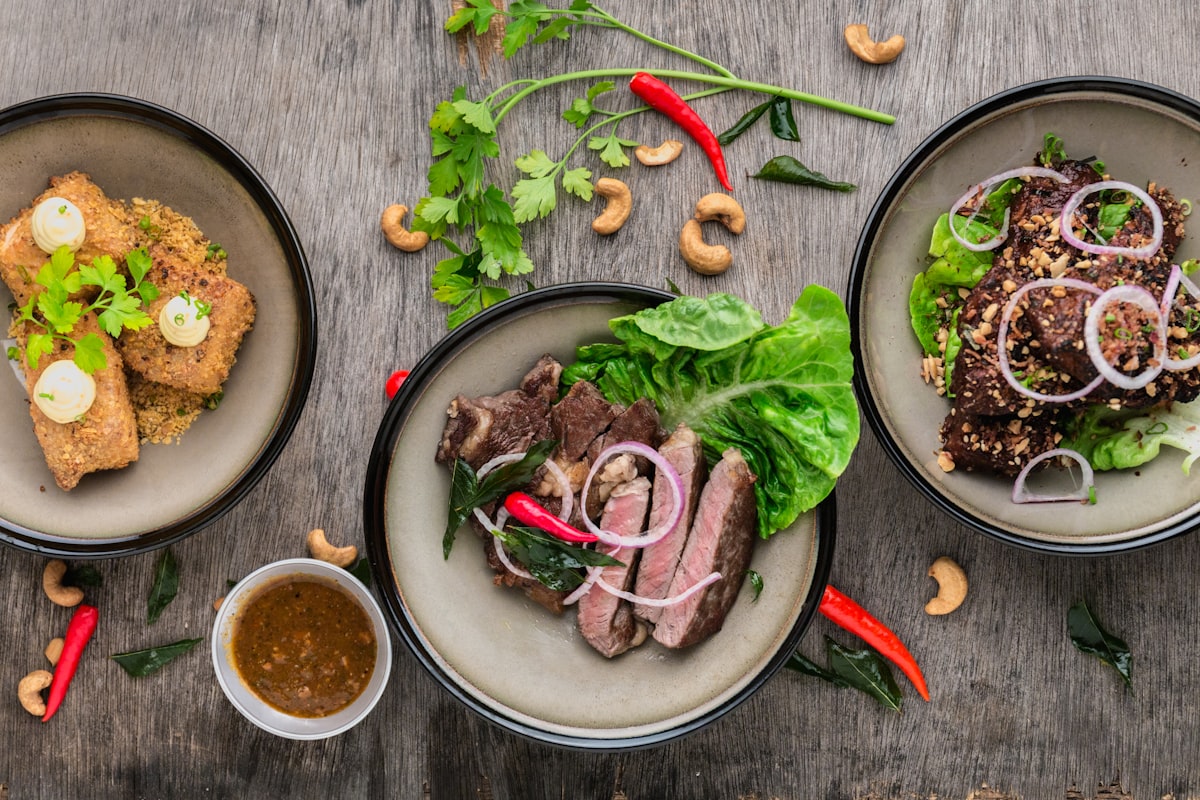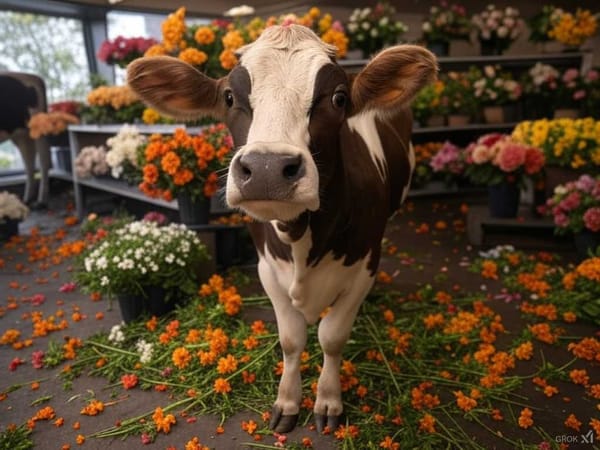The ritual aspect distinguishes Mexican gastronomy
It is the "cuisine of the people of the Sun". During the year, in Mexican gastronomy, different dishes are prepared according to the celebrations established by the calendar. The floor oven barbecue causes astonishment at a global level. Mexican Gastronomy Day is celebrated on November 16.





